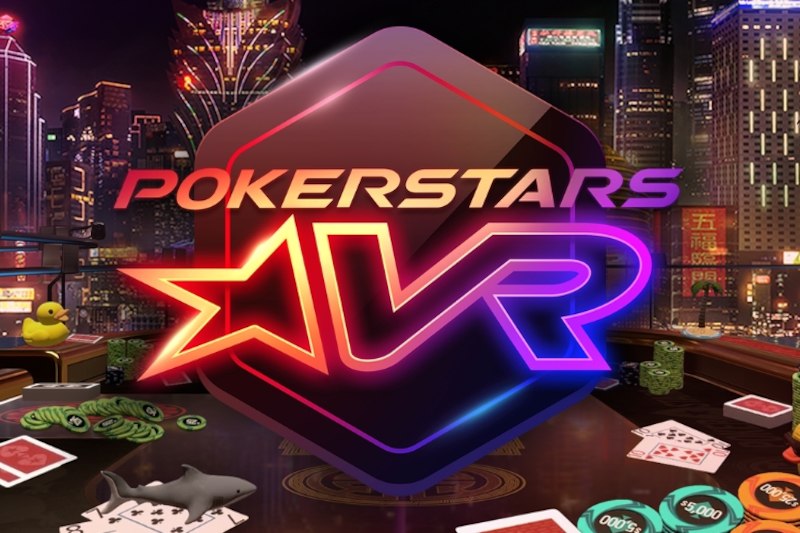
Fans of virtual reality poker got a boost last week when PokerStars announced that its virtual reality product, the appropriately named PokerStars VR, has now been made available on the new Oculus Quest.
Those unfamiliar with virtual reality headsets may have heard of the Oculus Rift, one of the major brands in virtual reality gaming. The Oculus Quest is similar, but with the significant advantage of being an all-in-one system. The Oculus Rift, or more accurately, the Oculus Rift S, which has replaced the “old” Rift, requires the user to be tethered to a fairly powerful gaming PC. It’s a fantastic system, but because of the need for a souped up computer, it can get pricey, and movement can be limited when one is connected with wires. Both the Rift and Quest cost $400 (a Quest with more storage space costs $500), but again, with the Rift, you also need a fairly expensive PC to go along with it.
The Oculus Quest, on the other hand, does not need a PC; it is its own, self-enclosed console. As such, it is a bit heavier than the Rift S, though not significantly so – after all, it is meant to be portable. Additionally, since it does not use a PC and instead uses a mobile processor, it is not as powerful as the Rift S and therefore will not have the exact same game library.
For PokerStars VR, though, none of that should really matter. Poker players can now play virtual reality poker – should they pick up the Oculus Quest – with the freedom to sit, stand, or roam anywhere.
I, unfortunately, have not had the pleasure of playing PokerStars VR because I do not have any of the devices with which it is compatible (Oculus Rift, Oculus Quest, HTC Vive, or Steam VR), but I have played a very similar looking virtual reality poker game on the Oculus Go, the lower-powered, cheaper, portable, less-feature rich Oculus. Poker is still something it can do very well, as you don’t need umpteen degrees of freedom, you don’t need dual hand controllers, and poker apps are not as resource-heavy as other games. Poker works very nicely on the Oculus Go.
If PokerStars VR is anything like the one I have played on Oculus Go (and again, from pictures and videos I have seen, they are extremely similar-looking), it is something I would highly recommend to casual players. Everything is play money, so serious players probably won’t love it; the quality of the play is what you would expect at play money tables. But once you get past everyone playing every hand, it is quite fun.
Virtual reality poker can get very immersive. You are sitting there at the table like you would be in a real poker room, you can look all around you, not just at the other players, but at other tables in the room, and, at least in games I have played, can even talk to players with your device’s mic (not sure if PokerStars VR has that functionality). Things like peeking at your cards and betting are made with various hand motions and, of course, since it is online poker, the game includes things like interactive toys and props, as well. It’s a cool hybrid of live poker and online poker.
One weakness of virtual reality poker apps on the Oculus Go is battery life. I went fairly deep in a tournament once and got the warning that the battery was running low. Fortunately, I had a long micro USB cable, so I could plug in while retaining some freedom of movement. I don’t know if Oculus Quest has better battery life.























